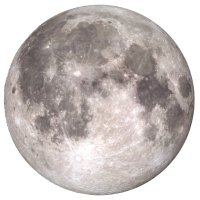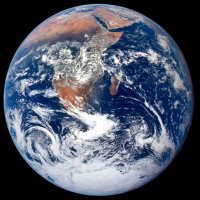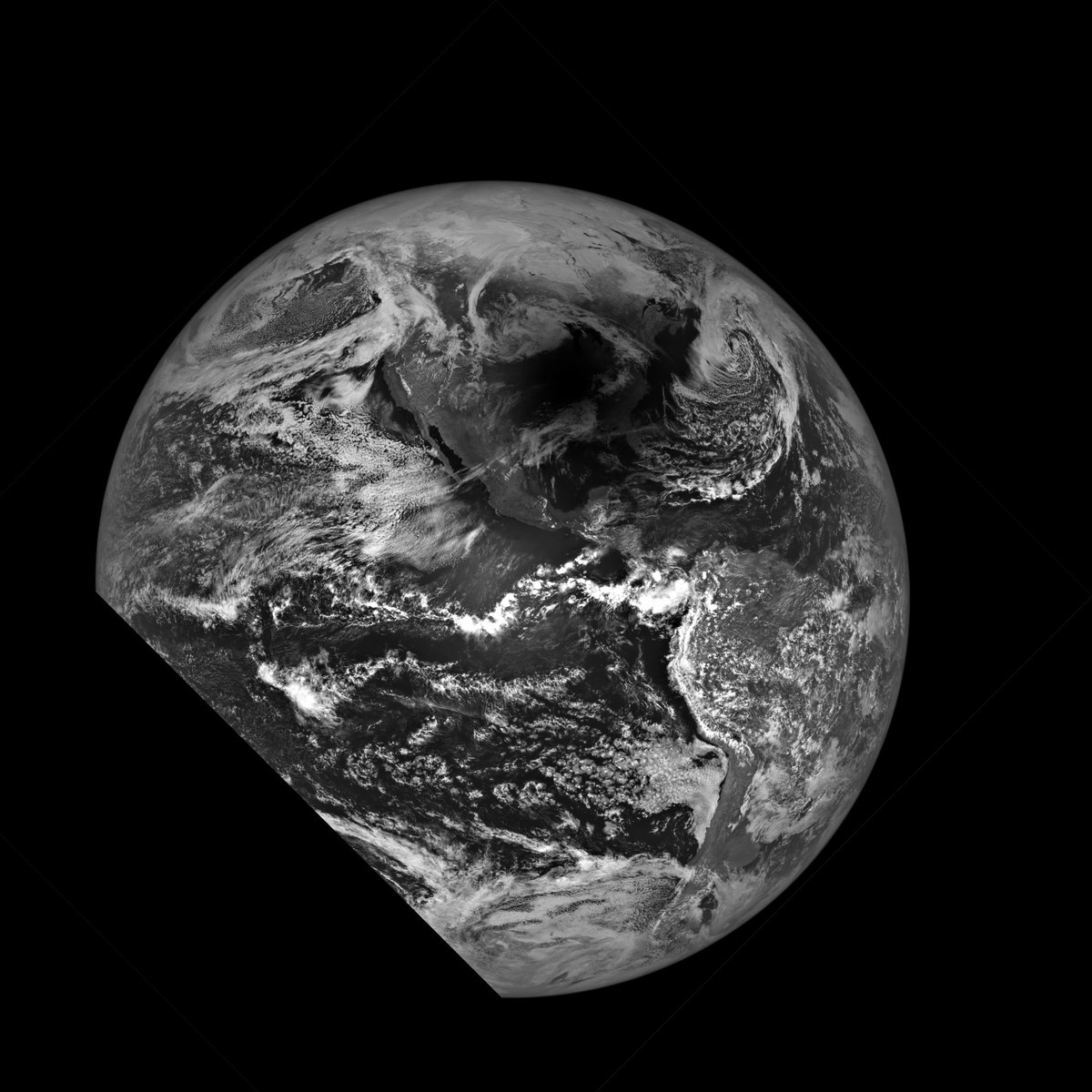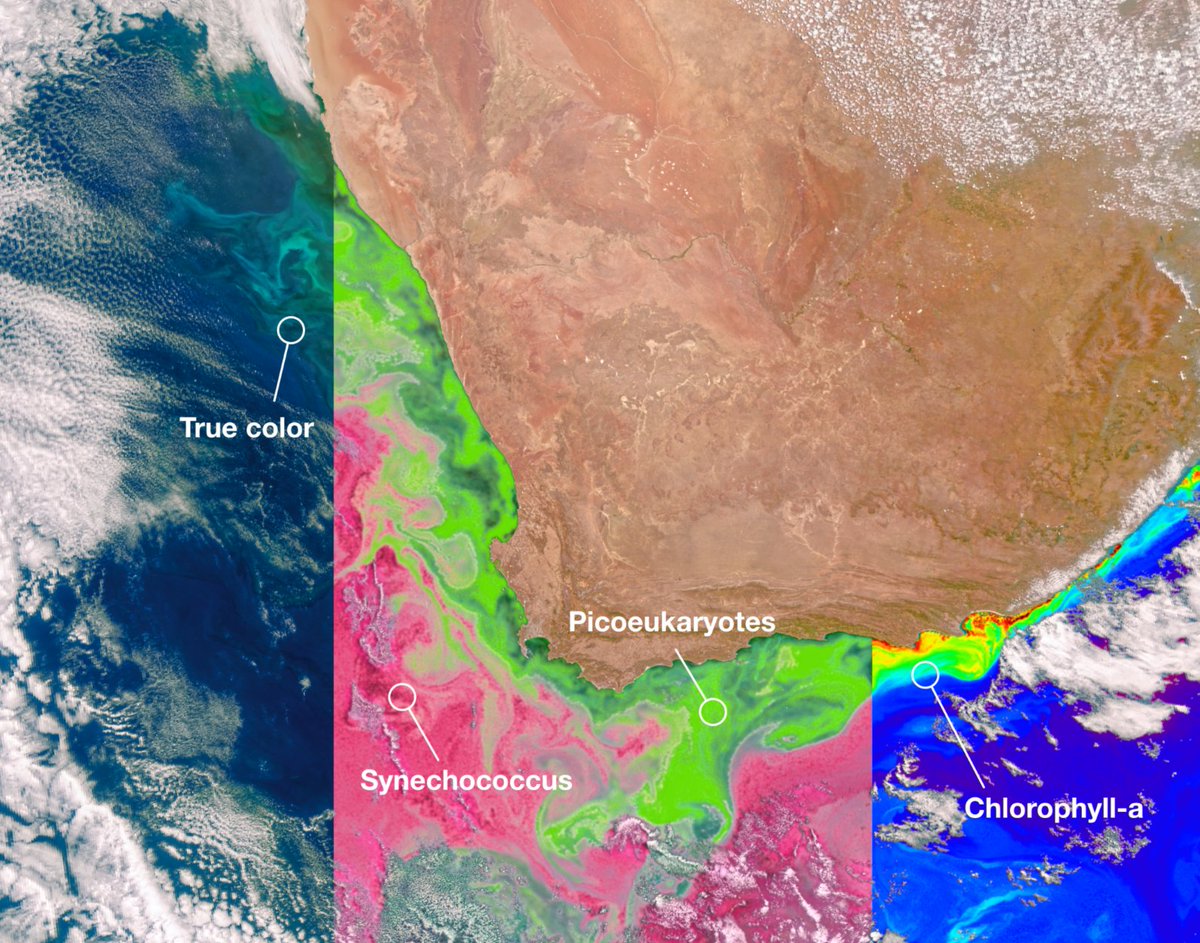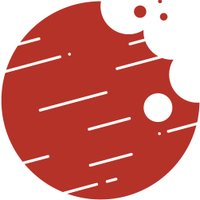
astrobites
@astrobites
Digestible summaries of the latest astronomy research. Written by an international team of grad students for undergrads! Supported by the @AAS_Office. #scicomm
ID:234016104
http://astrobites.org 04-01-2011 17:13:03
17,1K Tweets
22,5K Followers
831 Following




'It was a really magical experience, seeing the corona around the sun, with people applauding and cheering, and people shooting off fireworks after the totality. It was a time for mass connection.'
Find out more about Derek at #HumansOfLIGO :
humansofligo.blogspot.com/2024/04/derek-…


After a decade of work and an exciting+challenging academic journey, I am going to be a professor! Next year I will join Oregon State University as an assistant professor of physics!!!⭐️🦫
how it started // how it’s going
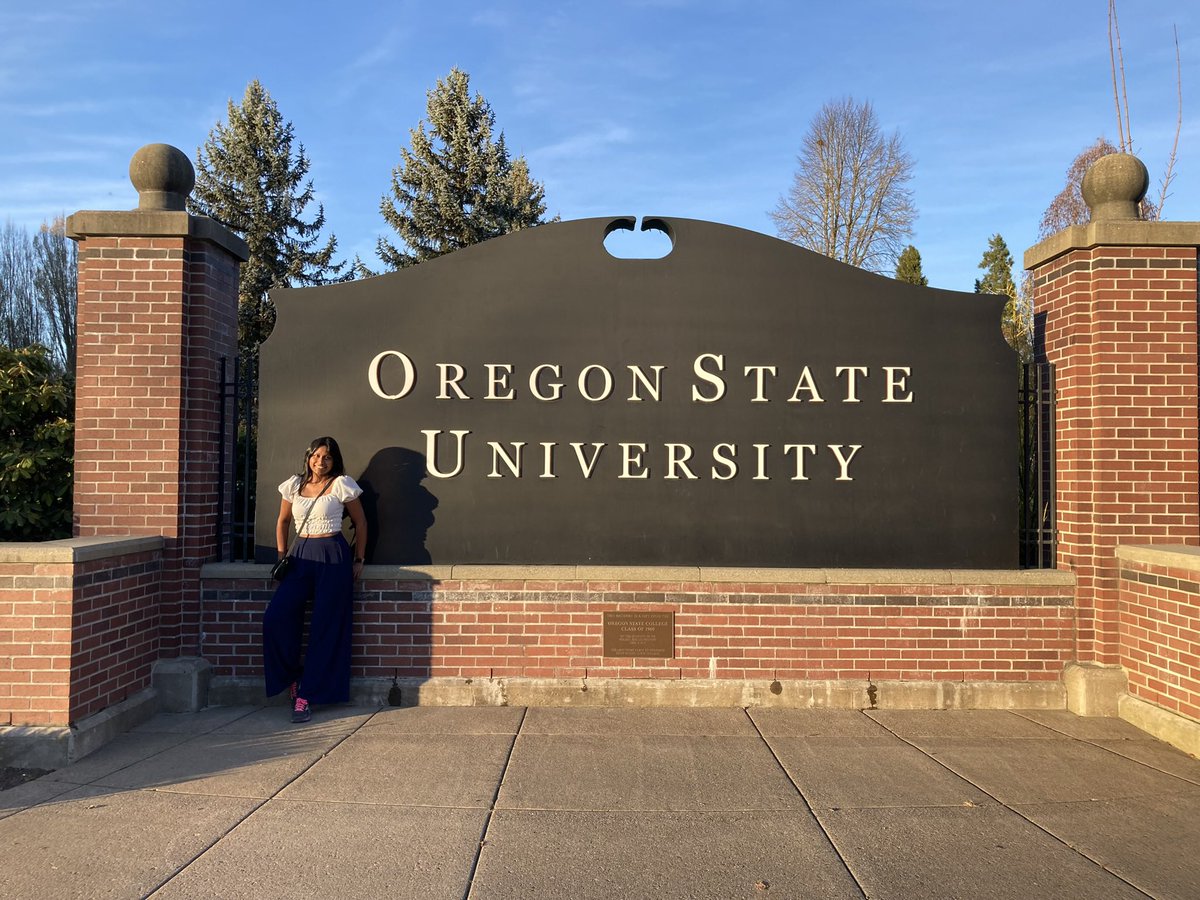


From Jessie Thwaites: We report on Day 4 of the 2024 April APS Meeting! #AprilAPS
APS Meetings American Physical Society
astrobites.org/2024/04/17/ast…

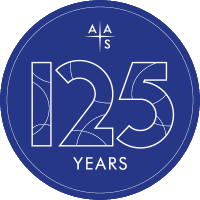
🆕📽️ Elisa Tau (U. de La Serena) joins us from Chile to chat about dwarf galaxies: youtube.com/watch?v=r0_0U3…
The goal of the AAS Journals Author Series is to connect authors w/their article, their human story & the larger #astronomy community. #TheGoodStuff
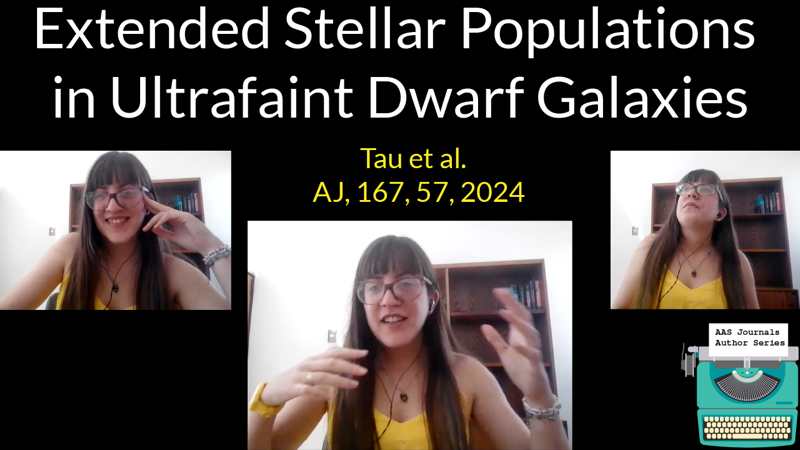
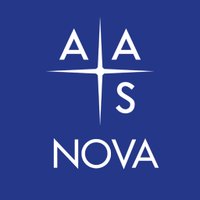
Ultra-Faint Dwarf Galaxies: Not as Small as We Thought?
astrobites's Brandon Pries reports on how astronomers use pulsating stars to look for stellar halos around ultra-faint dwarf galaxies, some of the smallest galaxies in the universe.


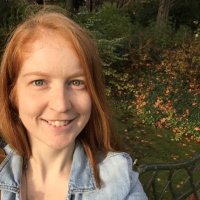
Two weeks left to apply for postdoc positions in star formation and galaxy evolution as part of my new department at the Max Planck Institute for Radio Astronomy! Details and application instructions here: mpifr-bonn.mpg.de/8552077/job_fu… Max-Planck-Institut für Radioastronomie

